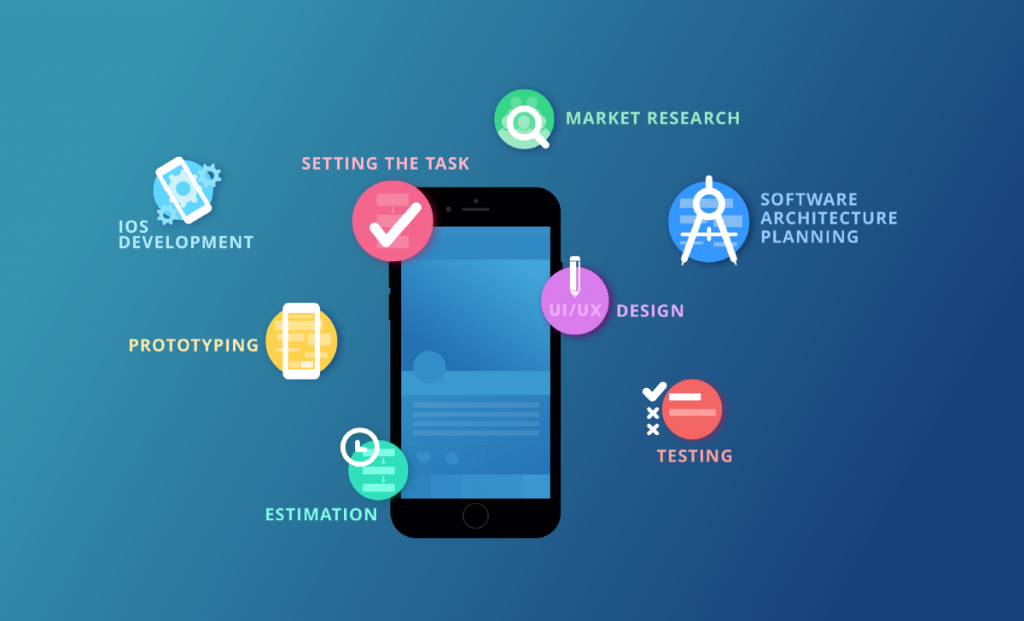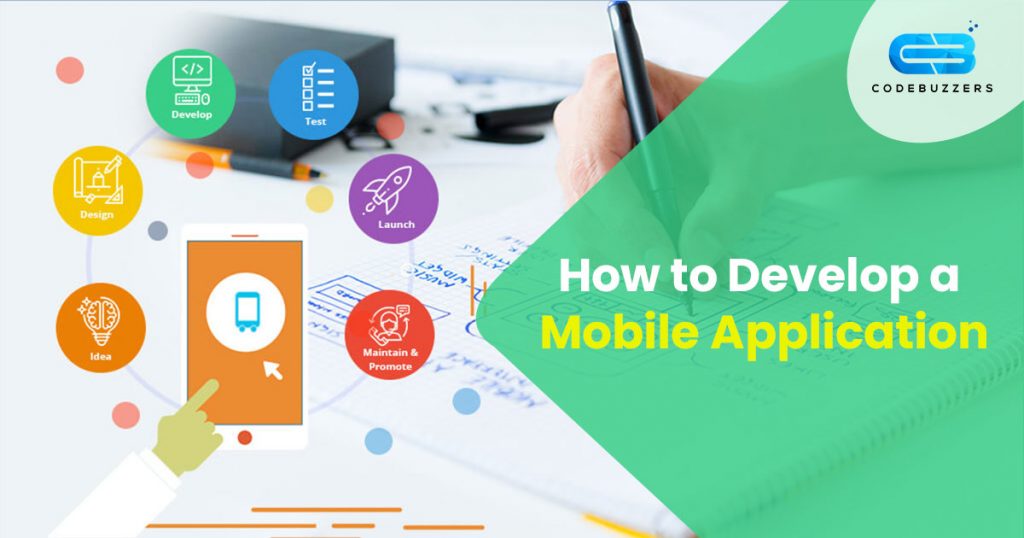How to Develop a Mobile Application?
As per 2021 records, mobile application generate almost $693 billion in revenue through app stores and advertisements in-app. It is interpreted that enterprise mobility will be worth almost $510.39 billion by this year. Leading companies are trying to use this opportunity to grow their business. But the question is how to develop a proper app. Nowadays, Mobile App Development Company is increasing as the demand for mobile applications increases. But if companies want to build apps themselves, they need to follow specific guidelines. A better framework to develop an app can bring success to your company in this competitive business world.
A proper effective app development process has six parts. Notwithstanding the size and structure of your application, you can follow this development process discussed below to bring success to your mobile application development.
6 essential steps to follow while developing a mobile app
- Strategy
The first and most essential part of developing a mobile application is strategizing and evolving the idea into a successful application. Of course, various applications have different objectives, but the app-specific impact to strategize takes place in the development process.
At this step, you need to:
- Identify the app users
- Research about the ongoing competition
- Choose one mobile platform for your app
- Bring in the app’s objectives and goals
Mobile apps can cost $15000-$200000 at an average price. It can take around four to six months to develop an app. On proper strategizing, focusing on the vision, a clear image of the app can be built. After building this strong, you can walk into the next step of developing your mobile application.
- Analyze and Plan
Your mobile application takes a proper structure and turns into an actual project in the second step. Therefore, it is important to analyze and plan functional needs in detail. After collecting the conditions, the next step is to prepare a proper product roadmap. This will prioritize the mobile application needs and serve them to its adequate delivery milestones. Finally, you need to keep the cost and resource in mind, define a minimum viable product, and decide the initial launch.
This step will also include proper skills identification required for the app development process.
- UX/UI Design
Everyone wishes to develop an app that can deliver a seamless and effortless user experience with the official look. The success of a mobile application is decided by how well users can get benefited and adapt its features. UX/UI design for mobile app aims to create a comprehensive user experience that will make the app intuitive, interactive, and, most importantly, user-friendly. Besides a polished UI design, the app should have an intuitive user experience to remain engaged.
This step includes:
Informative architecture and workflow
- Style guide
- Wireframes
- Mock-ups
- Prototype
- App Development
A solid plan for app development remains the central part of this phase. But before you start with the actual programming, you need to:
- Define a technical architecture
- Pick a technology stack
- Denote the development milestones
Any typical mobile app development strategy includes 3 significant factors:
- Back-end/server technology
- API(s)
- The mobile app front-end.
- Testing
Always perform through quality-assuring test while you develop the mobile app. This makes the application more usable, stable, and secure. To make this quality test happen, you need to prepare test cases that consist of all aspects of app testing. Test cases are used to drive mobile app testing. They are used to record testing results for software quality evaluation, track fixes for retesting, and perform tests. It is best to consult with the quality-assuring team to design and analyze. For a quality mobile solution, these steps are essential.

This test includes:
- User experience testing
- Functional testing
- Security testing
- Performance testing
- Device and platform testing
- Deployment and support
For releasing a native mobile application, you must submit the app to the app stores, Apple App Store for iOS apps, and Google Play for Android apps. You also require a developer account with Google Play Store and Apple App Store before launching the app.
A mobile application’s launch in the app store requires preparing metadata including:
- Your app’s title
- Description
- Category
- Launch icon
- Keywords
- App Store screenshots
Once you submit them in the Google Play Store or Apple App Store, iOS apps, and Play Store apps, look into a review process. This may take from a few days to a long time, depending on the app’s quality and the guidelines of the individual app store. If the developed application requires an understood log-in, you must provide a test user account while submitting the app. Android apps do not go through much review process, and they are soon available in the Play Store after a few hours or a day of submission.
Wrapping UP!
Developing an app is no big deal. You can follow the given framework carefully and start building an app for your company. Now, Mobile App Development Company in Kolkata is also available to get a complete guide or mobile app made ready for your business.



